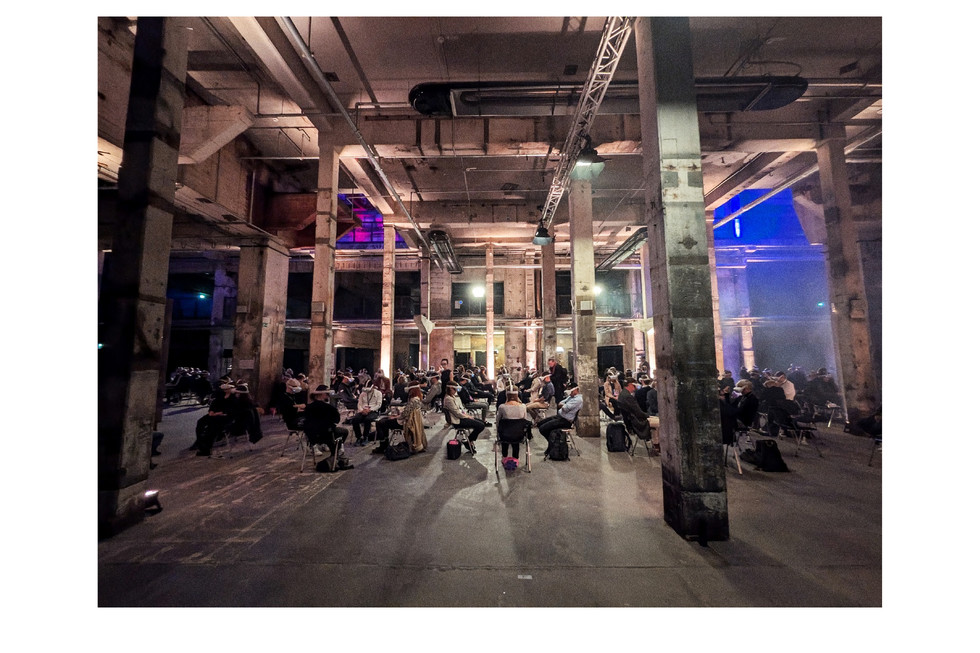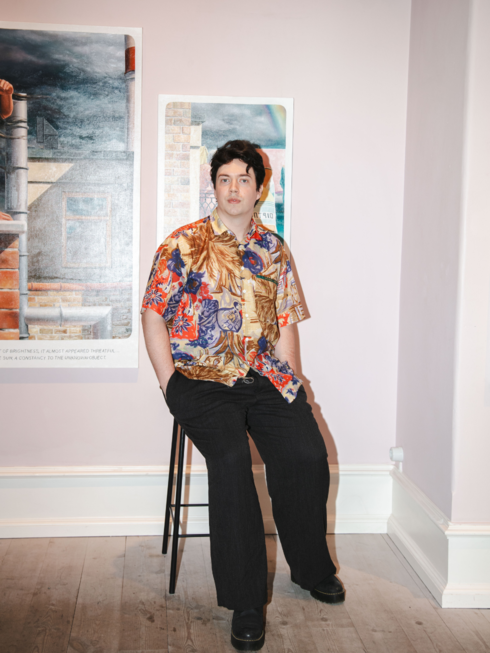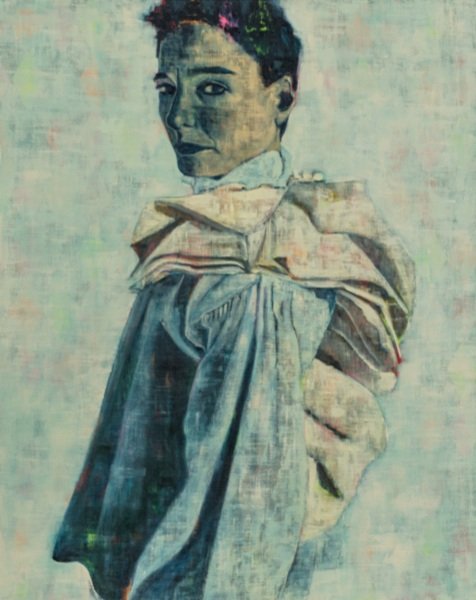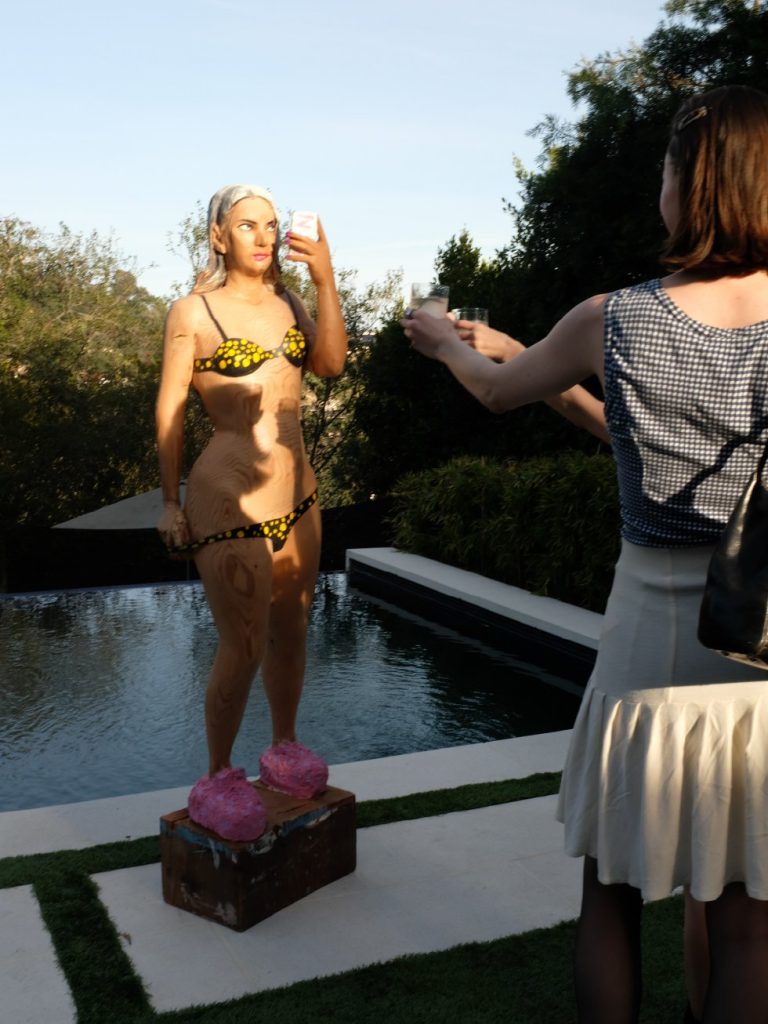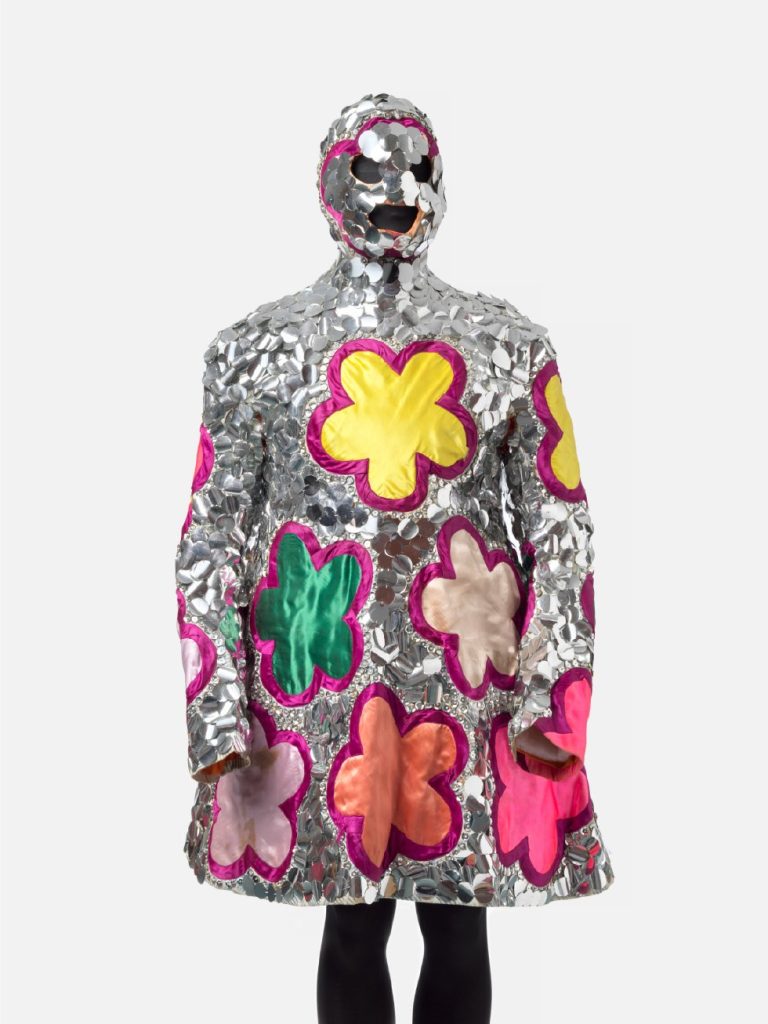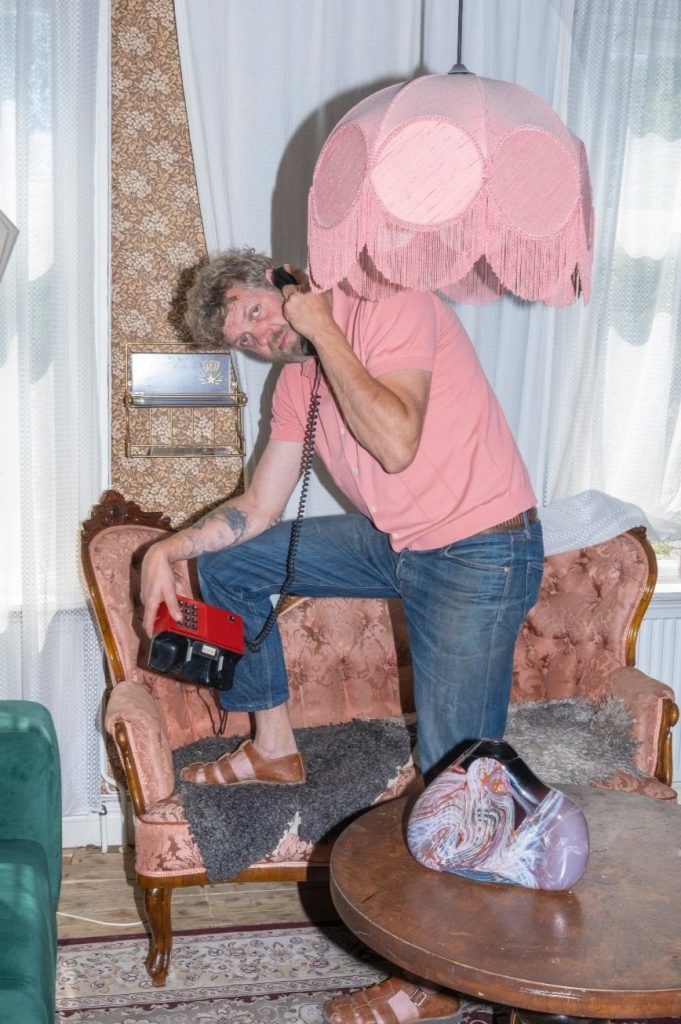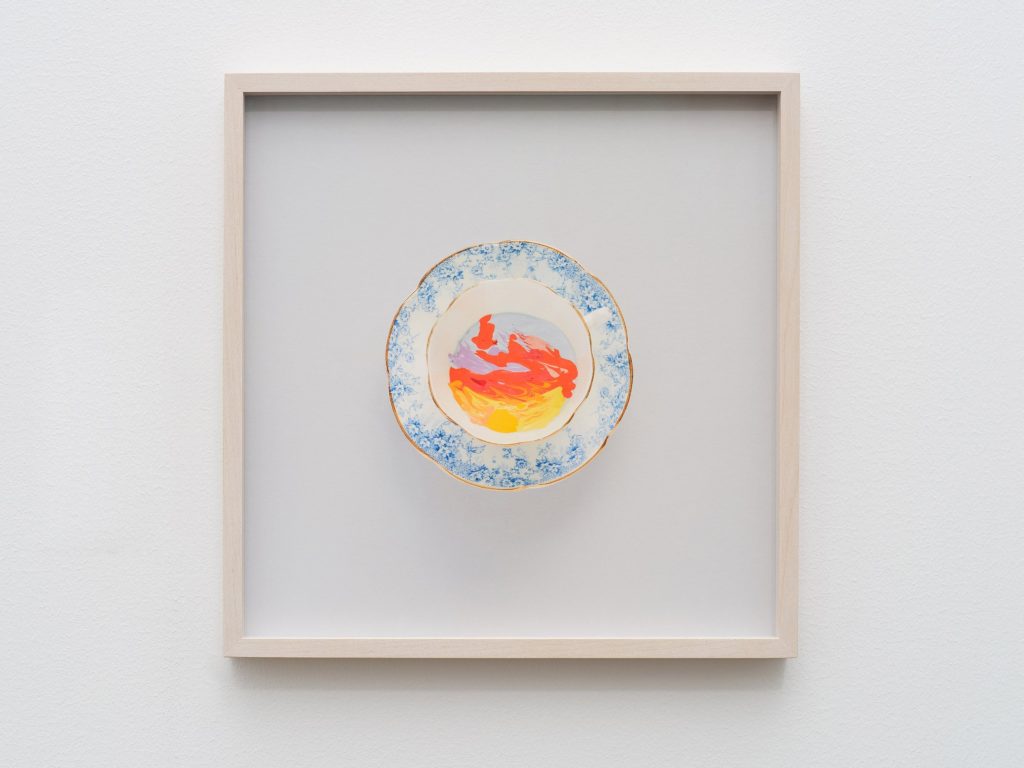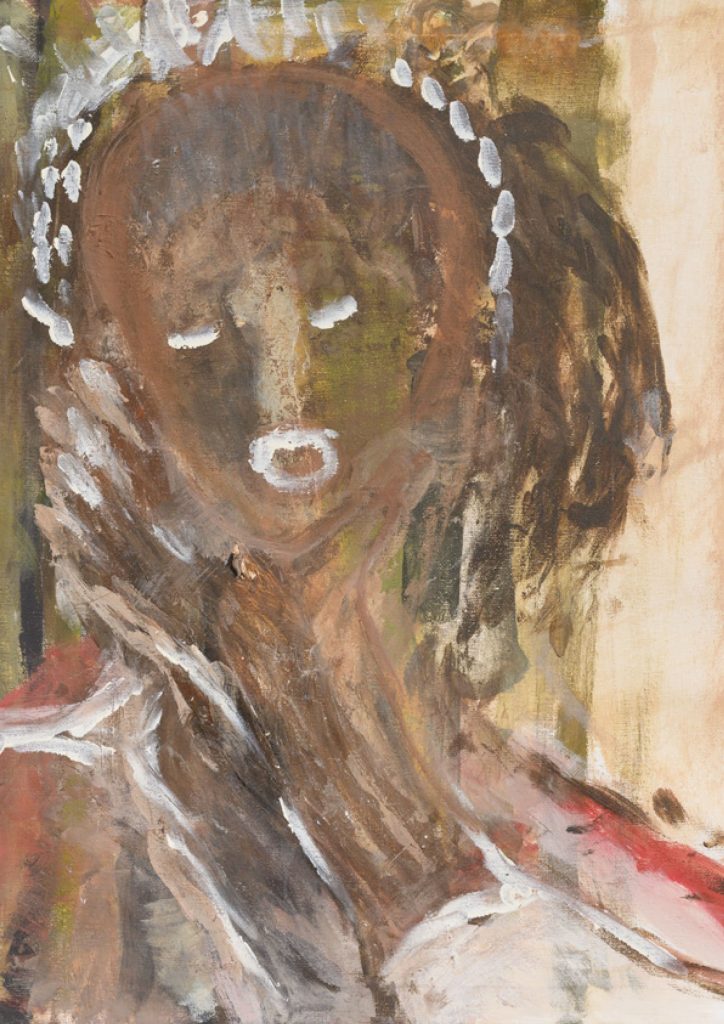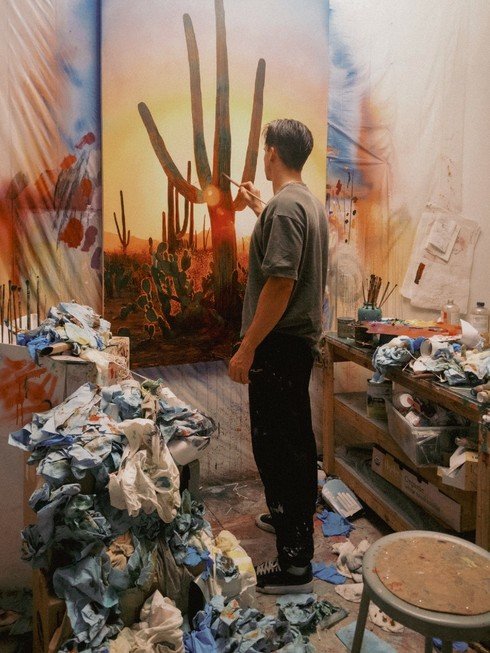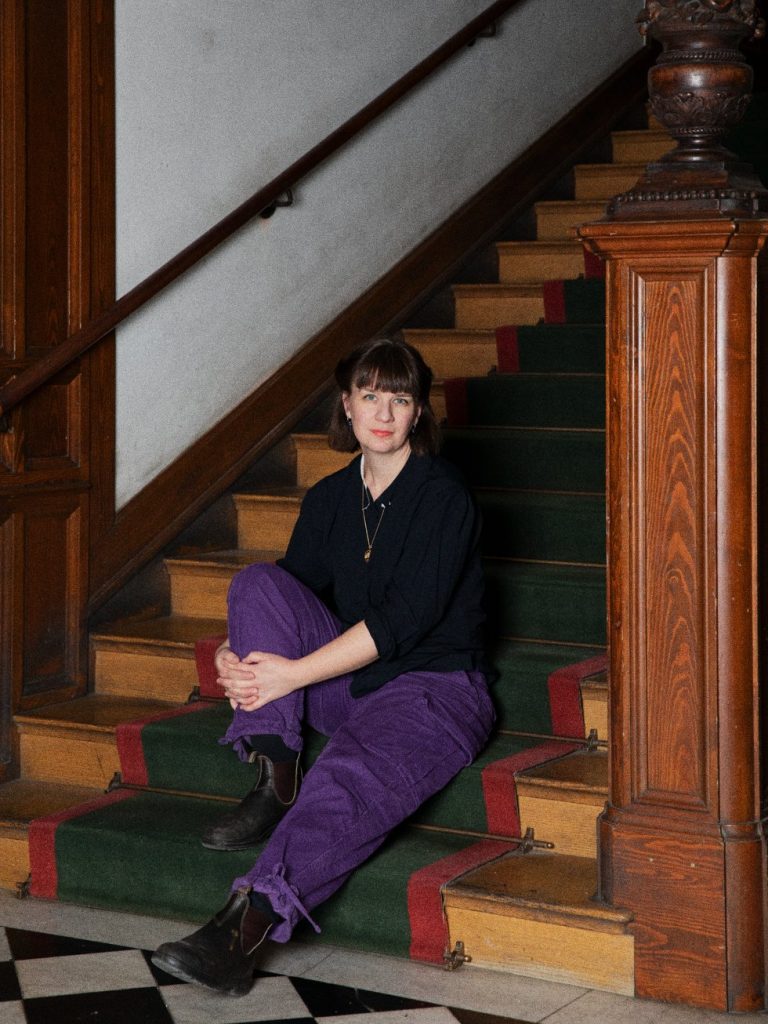Virtual Serenity – Engineering Empathy
All images courtesy of Waldorf Project Virtual Serenity – Engineering Empathy text Dante Grossfeld In 2012, during one of his Waldorf Project performance art pieces in London (where all their performances except for the 2018 Stockholm performance, 2019 Thailand performance, and 2019 Lufthansa performance have taken place), founder Sean Rogg did something remarkable: he successfully manufactured empathy in a group of 40 people. By using sight, sound and touch to subject the participants of his experiment to anxiety and, as he puts it, “trauma,” followed by a state of euphoria, he managed to create a strong emotional bond between them. Many began to weep, others held hands. This went on for almost exactly eight minutes, before the mood abruptly changed and things “went back to normal.” The next time he performed the experiment, the same thing happened again, and it went on for eight minutes. As well as the next after that. The participants all developed a close emotional bond stemming from shared trauma and euphoria, but it never lasted more than eight minutes. Since then, Rogg’s goal has been to develop a method of engineering empathy on a larger scale, with more people and for a longer period of time. His next experiment to this end, Virtual Serenity, will be held at Sergel Hub in Stockholm on the 26th and 27th of April, and will incorporate VR technology, a tool which Rogg believes will open up many new possibilities. Upon entering the Sergel Hub venue, located in the heart of Stockholm, right around the corner from Sergels Torg, I am greeted by a massive industrial interior, reminiscent of a renovated warehouse. Usually this space is reserved for conferences, but with this project, as Rogg explains, Sergel Hub will make its debut into the world of art. On a bar counter along one side of the room lies a collection of 300 VR headsets. Rogg explains that these will all be linked together through a series of complex systems in order to create a network of connection throughout the room, where participants will be seated in groups of four. In previous experiments, Rogg has employed immersive theater, contemporary dance, and molecular gastronomy in order to design an experience, but this time VR is his tool of choice. “If you boil it right down, it’s about human connection. The technology is just a tool to connect. So it’s not about having a VR experience, it’s about connection,” he says. The use of VR technology with biometric sensors will allow the experience to be personalized for each person, adapting in order to elicit the desired emotional response. Each person will go on a unique journey, but, if everything goes according to plan, it will be one that draws them all closer to their group mates and to every other person in the room. headsets. Rogg explains that these will all be linked together through a series of complex systems in order to create a network of connection throughout the room, where participants will be seated in groups of four. In previous experiments, Rogg has employed immersive theater, contemporary dance, and molecular gastronomy in order to design an experience, but this time VR is his tool of choice. “If you boil it right down, it’s about human connection. The technology is just a tool to connect. So it’s not about having a VR experience, it’s about connection,” he says. The use of VR technology with biometric sensors will allow the experience to be personalized for each person, adapting in order to elicit the desired emotional response. Each person will go on a unique journey, but, if everything goes according to plan, it will be one that draws them all closer to their group mates and to every other person in the room.

